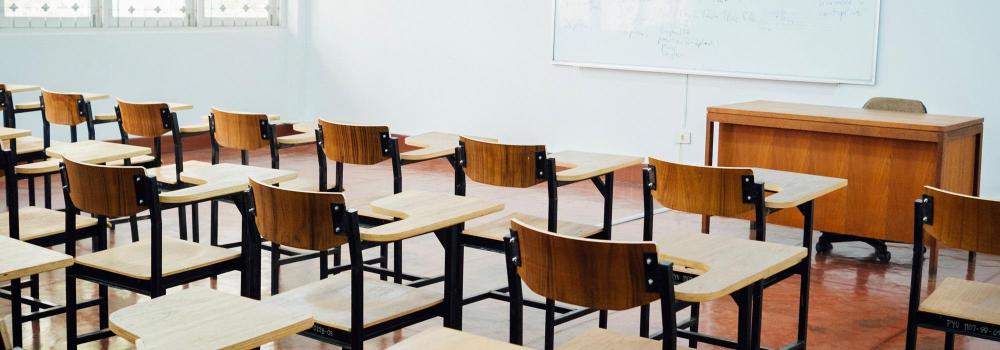The transition from in-person classrooms to online learning throughout 2020 has left many school facilities vacant or with minimal occupancy. While much focus has been on continuity in teaching, this unexpected situation is putting school facilities at risk of becoming unhealthy environments — both now and when students return to campus.
This means that facility management teams and procedures are more important than ever to school safety and the viability of returning to in-person learning. Facility managers can take a proactive approach to ensure that buildings are well maintained and free from contaminants by creating vacant-facility management plans that keep temperature, water, humidity, and other factors in check throughout the duration of COVID-19.
What You Need in a COVID-19 Vacant Facility Management Plan
In light of the ongoing pandemic, the Centers for Disease Control and Prevention (CDC) recently updated their guidance for reopening buildings after prolonged periods of low or no occupancy (such as re-opening after summer break). Among the issues addressed, mold, Legionella bacteria, and water contamination are some of the primary concerns. Some issues, like water system management, need hands-on attention to actively prevent contaminants. However, many conditions that may cause unwanted issues during building vacancy, such as mold growth temperature or humidity level, can be prevented through the implementation of automated monitoring systems.
Prioritize Condition Monitoring to Combat Mold Growth and Property Damage
Your vacancy management plan needs to pay careful attention to the conditions that allow mold to grow, specifically humidity level, temperature, and water infiltration. Mold grows where there is moisture and can grow on almost any building material or surface. If allowed to flourish, mold can be a danger to occupants, particularly those with respiratory conditions or weakened immune systems. Proper humidity level monitoring is a first step in combating mold during building vacancy.
The CDC guidelines recommend that humidity levels be maintained as low as possible, not to exceed 50%, and for building managers to consider continuous monitoring to minimize building access. Mold grows best between 77 °F and 86 °F (25 °C and 30 °C), especially if humidity is left unchecked. To get the most from remote monitoring efforts, strategically placed combination temperature and humidity sensors can provide assurance that environmental conditions remain constantly monitored and within desired parameters.
Water leaks also contribute to mold proliferation, as well as property damage and chemical exposure, and need to be addressed as a top priority in your facility management plan. In low- or no-occupancy buildings, water leaks can occur from sitting water that diminishes the integrity of materials. They can also occur from condensation, from underused mechanical units, or from failures in aging material, such as roofing. In order to protect from mold growth and head off larger water damage, building managers can easily install water leak sensors throughout a facility. These small, portable units can provide the monitoring needed to alert managers of any potential threats from water leaks.
While buildings are unoccupied, the regular activities that ensure the building envelope is sealed may be decreased. Rooms and passages that, in typical day-to-day schedules are visually or physically checked to be secure, may be left unnoticed for longer periods of time. The use of contact closure sensors can help limit the potential that doors or windows are left open for prolonged periods of time, letting moisture inside.
Automated Monitoring Strategy During Building Vacancy
With a comprehensive plan and the right monitoring tools, the challenge of fending off potentially harmful building issues during vacancies brought on by the COVID-19 pandemic can be managed. As staff time is limited and building occupancy reduced, the importance of having remote monitoring capability becomes essential.
An environmental monitoring system that can alert facility managers to temperature, humidity, and envelope integrity issues is more accessible than you may realize. Internet connected portable sensors, such as Primex OneVue Sense options, can be easily installed throughout your facility. When used with OneVue Sense Monitor, this technology can provide remote data collection that is easily accessible through a central dashboard and readily available to create customized reports.
While the duration of COVID-19’s effect on facility management remains uncertain, facility managers can take control of mold growth and other potentially extensive property damage prevention now through automated, remote monitoring technology.
Sources:
Guidance for Reopening Buildings After Prolonged Shutdown or Reduced Operation
ASHRAE Standard 55-2017, Thermal Environmental Conditions for Human Occupancy
